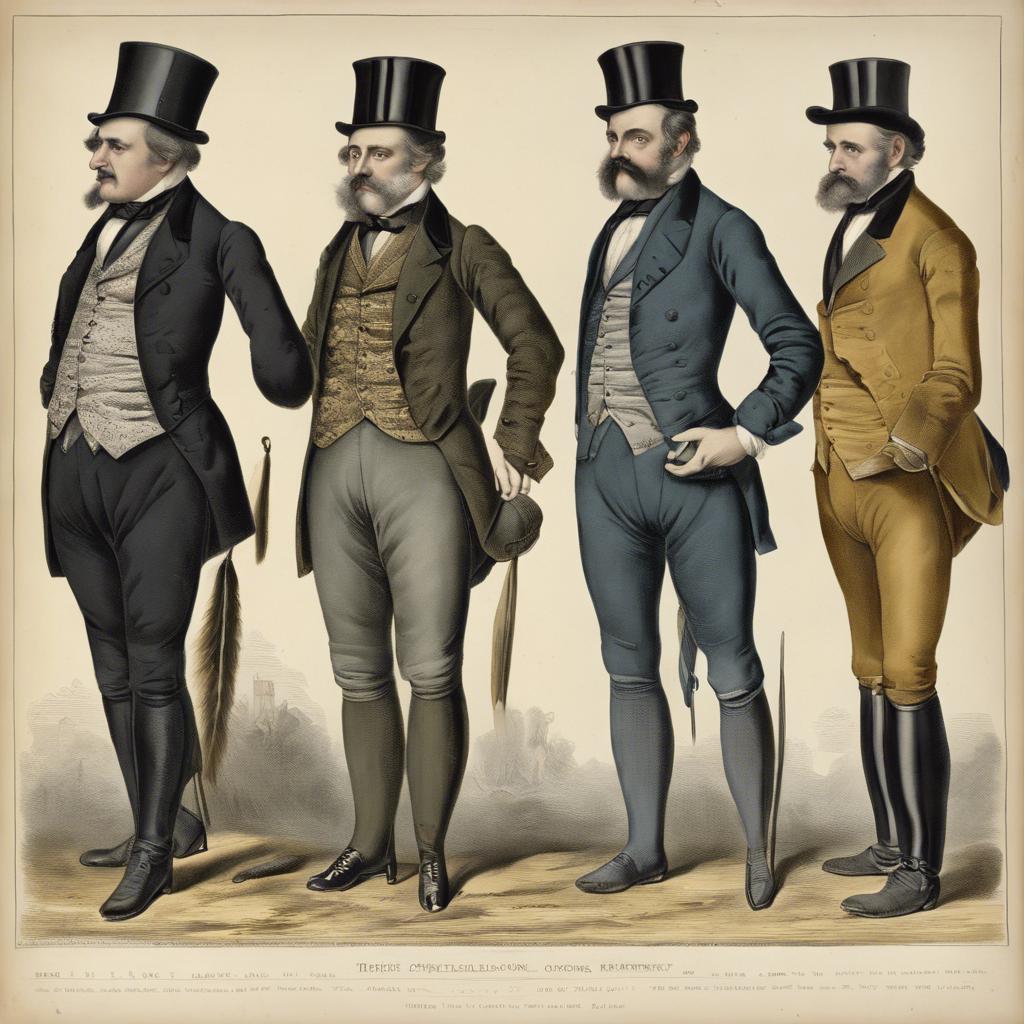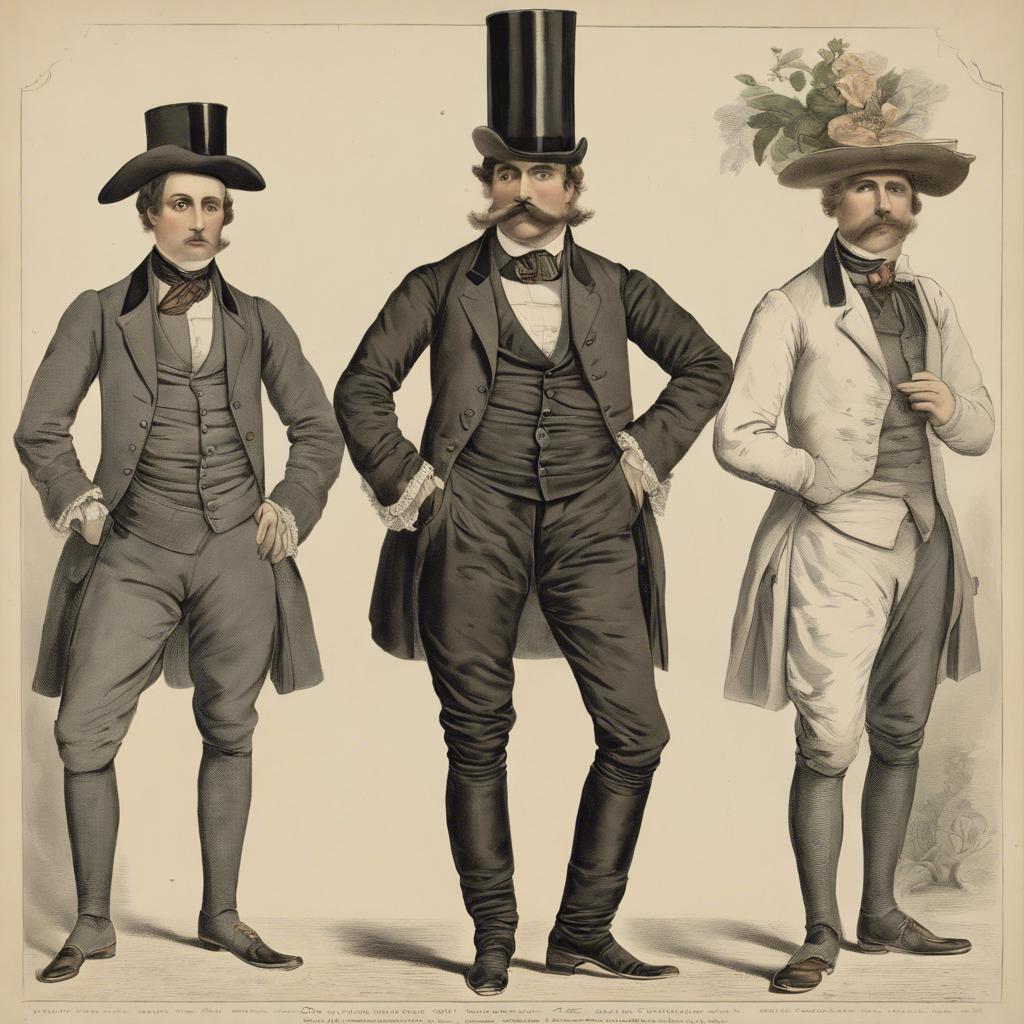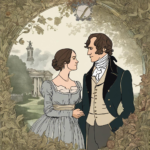In the sartorial landscape of the 19th century, one garment reigned supreme as the epitome of refined elegance and gentlemanly sophistication: the pantaloon. This article delves into the rich history and evolution of 19th century pantaloons, exploring their cultural significance, design aesthetics, and enduring legacy in the world of fashion. Join us as we journey through the intricate tapestry of this iconic garment, unravelling its nuances and timeless appeal in the realm of historical attire.
Step Into the World of Cheryl Bolen
Dive into the enchanting stories of love, intrigue, and elegance set in the Regency Era. Cheryl Bolen's novels offer timeless romance and captivating tales that will leave you wanting more.
Explore Cheryl Bolen's Books Now
Evolution of Pantaloons in the 19th Century
In the 19th century, pantaloons evolved significantly in style and popularity. Initially worn as undergarments by men, they eventually became fashionable outerwear for both men and women. The evolution of pantaloons in this era reflected changing societal norms and advancements in textile manufacturing.
Key Developments in 19th Century Pantaloons:
- Introduction of peg-top pantaloons with a high waist and narrow ankles
- Growing popularity of women’s bloomers as an alternative to restrictive skirts
- Use of luxurious fabrics such as silk and velvet for dressy pantaloons
Impact of Industrialization on Pantaloon Production:
- Mass production techniques led to more affordable pantaloons for the middle class
- Introduction of new dyeing and printing methods allowed for a wider range of colors and patterns
- Improved sizing and fit due to standardized garment measurements
Fashion Icons and Influences on Pantaloon Trends:
- Beau Brummell popularized tailored pantaloons for men, setting a new standard for masculine elegance
- Empress Eugénie of France’s fondness for pantaloons helped popularize them as a fashionable garment for women
- Trade with the East brought influences of Oriental style to Western pantaloon design
Construction and Materials of Pantaloons in the Victorian Era
In the Victorian era, pantaloons were a popular garment worn by both men and women. These trousers were typically made of lightweight materials such as cotton or linen, making them comfortable to wear in the warm weather.
The construction of pantaloons in the 19th century involved intricate tailoring techniques. They featured a high-waisted design with a snug fit around the hips and thighs, tapering down to a narrow opening at the ankles. Some styles had buttons or ties at the waist for added adjustability.
Materials used for pantaloons varied depending on the individual’s social status. Wealthier individuals could afford luxurious fabrics like silk, while those of lower means would opt for more affordable options such as wool or calico.
Fashionable Trends and Cultural Influences on 19th Century Pantaloons
In the 19th century, pantaloons were an essential garment for men, evolving from earlier knee-length breeches to full-length trousers. Influenced by fashionable trends and cultural norms of the time, pantaloons underwent significant changes in style and design. From the Regency era’s high-waisted, fitted pantaloons to the Victorian period’s looser, more relaxed silhouettes, these garments reflected shifting attitudes towards masculinity and fashion.
Fashionable Trends: Throughout the 19th century, pantaloons were subject to various fashionable trends that dictated their shape and cut. In the early part of the century, pantaloons were slim-fitting and high-waisted, often worn with tailcoats and top hats. As the century progressed, the style of pantaloons became more relaxed, with wider legs and lower waistlines becoming the norm. These changes were influenced by the Romantic movement’s celebration of nature and freedom, leading to a more casual and comfortable approach to menswear.
Cultural Influences: The cultural influences on 19th-century pantaloons were vast and varied, reflecting the social and political climate of the time. As industrialization spread throughout Europe and America, there was a shift towards more practical and durable fabrics for pantaloons, such as wool and cotton. Additionally, the rise of colonialism and exploration brought new textiles and designs to the fashion world, with influences from Asia and Africa seen in the embroidery and patterns of pantaloons. These cultural exchanges not only enriched the aesthetic of pantaloons but also highlighted the interconnectedness of global fashion trends.
Tips for Incorporating 19th Century Pantaloons into Contemporary Wardrobe
When incorporating 19th-century pantaloons into your contemporary wardrobe, it’s important to consider the overall style and fit of these unique garments. To seamlessly blend this historical piece into your modern attire, follow these tips:
1. Pair with a fitted blouse or top: Balancing the volume of pantaloons with a more tailored top can create a chic and sophisticated look. Opt for a blouse or shirt that accentuates your waist to create a flattering silhouette.
2. Choose the right footwear: When wearing pantaloons, selecting the appropriate footwear is key. Consider pairing them with ankle boots or heels to elongate your legs and add a modern touch to your ensemble.
To Conclude
the pantaloons of the 19th century represented a key sartorial evolution in men’s fashion during this era. From their origins as military attire to their popularization among the fashionable elite, these voluminous trousers left an indelible mark on the clothing of the time. As styles continue to change and evolve, the influence of 19th century pantaloons can still be seen in modern fashion trends. Their legacy serves as a reminder of the ever-changing nature of fashion and the enduring impact of historical garments on contemporary style.


